Ghost of Tsushima
Bushido with a Hollywood Budget
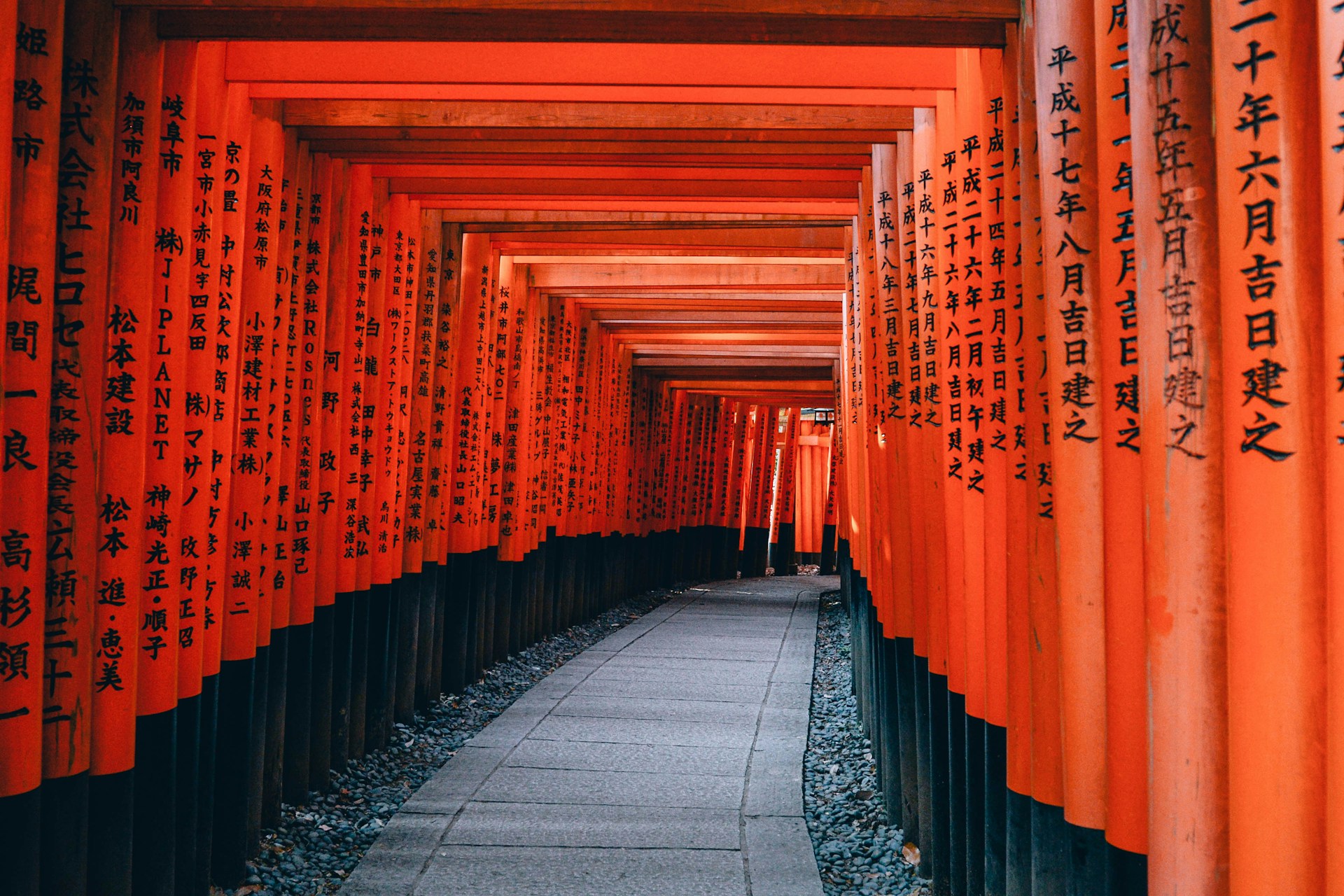
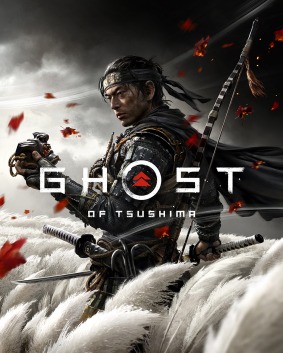

87


The first time I cleaved a Mongol warlord in half while a blood-drenched sakura petal drifted across the screen, I had to stop and wonder, was I still playing a video game, or did Akira Kurosawa rise from the grave, wrestle a DualSense out of my hand, and start directing my Tuesday night? Welcome to Ghost of Tsushima, the most respectfully indulgent samurai fantasy to ever grace a console. Developed by Sucker Punch in 2020 and patched to near-perfection on PS5, this is a game that doesn’t just let you roleplay a samurai, it insists on it, stylishly, cinematically, and occasionally with the emotional weight of a wet paper katana. And yes, I played it in color. Because the world of Tsushima is too damn gorgeous to bleach into grayscale hipster bait.
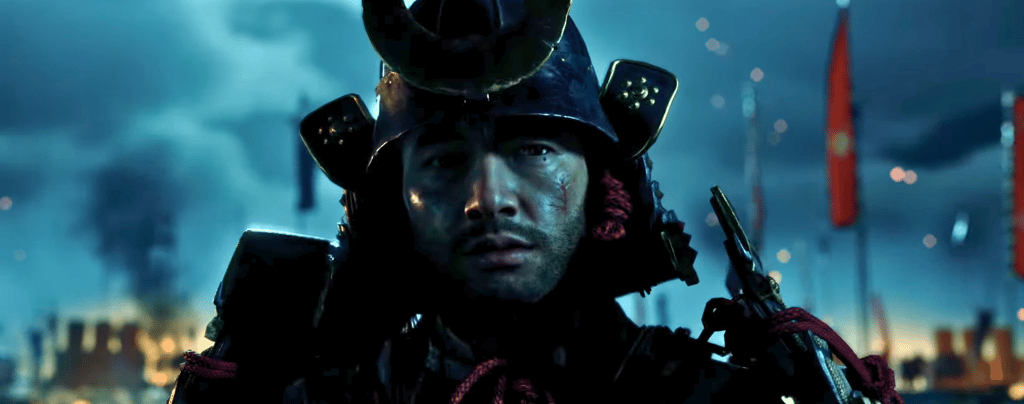

A Feudal Fever Dream (That Mostly Holds Together)
Let’s talk story. Jin Sakai, your stoic protagonist with a jawline sharp enough to deflect arrows, is a samurai forced to go rogue after a Mongol invasion turns his home island into an open-air war museum. The plot is essentially “what if Batman but honorably Japanese?”, complete with stealthy takedowns, conflicting loyalties, and a voiceover so gravelly it could sand drywall. Is it deep? Not really. But it’s committed. The game flirts with big themes, tradition versus change, sacrifice, family, duty, but it rarely has anything groundbreaking to say. Still, the journey is soaked in enough drama, betrayal, and sweaty standoffs to make it work. Some characters shine, especially Lady Masako (think: samurai John Wick with even more trauma), while others barely register beyond “NPC who sighs dramatically.” But you’ll care just enough to keep going, even when the emotional beats miss their swing like a katana strike that hits air.
Combat That Cuts Deep
Now let’s carve into the real star: the swordplay.
If you’ve ever practiced imaginary katana swings in the mirror, Ghost of Tsushima will feel like wish fulfillment on steroids. The combat is tight, fluid, and rewards deliberate aggression. Swapping stances mid-fight to counter different enemy types feels genuinely tactical rather than gimmicky. You’re not mashing buttons, you’re composing death haikus with steel. Parrying a spear thrust, dodging a flaming arrow, and then answering with a one-hit kill standoff that would make Clint Eastwood wince? Pure bliss. The showdowns are a masterclass in tension, cinematic duels that strip away the noise and reduce combat to timing, discipline, and mutual respect, like two wolves sizing each other up with blades instead of teeth. It doesn’t get old. And then there’s the wind. Literally your GPS. Swipe up on the touchpad and the wind physically guides you to your destination, whispering through trees and pulling at your cape like a ghost. It’s elegant, immersive, and the kind of small design flex that makes you wonder why more open-world games still have giant glowing arrows from 2008.
A Postcard of Pain and Glory
Tsushima is a visual sucker punch, no pun intended. From golden forests to rain-drenched bamboo groves, every inch of this island is begging for photo mode abuse. The lighting engine doesn’t just make things “look good,” it makes them feel good. Cinematic in a way that’s not just filter-deep but embedded in the DNA of every visual transition, every slow-motion slice, every sun-soaked mountain path. PS5’s boost brings the game to life in a smoother, richer way. Load times? Basically gone. Texture pop-in? Minimal. Frame drops? Rare. It’s a buttery experience from start to finish, and that matters when you’re watching flower petals swirl around a decapitated warlord in glorious slow motion. The audio side is no slouch either. The traditional Japanese instruments layered with atmospheric tones strike a perfect balance between meditative and foreboding. Voice acting is strong across both English and Japanese, though if you’re going full samurai immersion, the Japanese dub with English subtitles is the way to go.
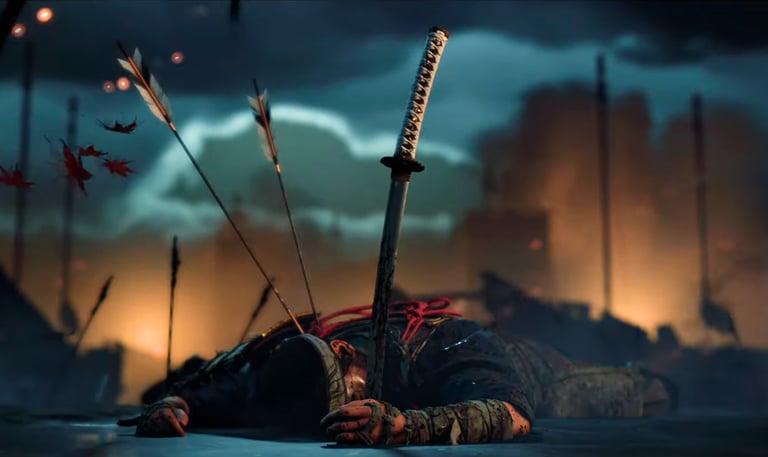

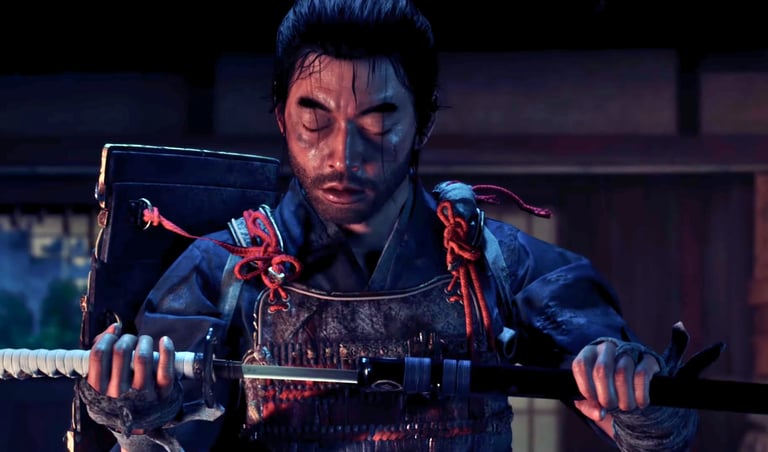

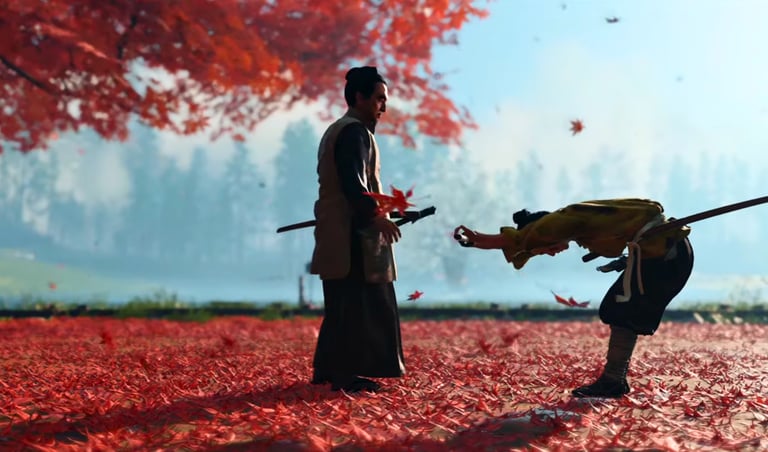

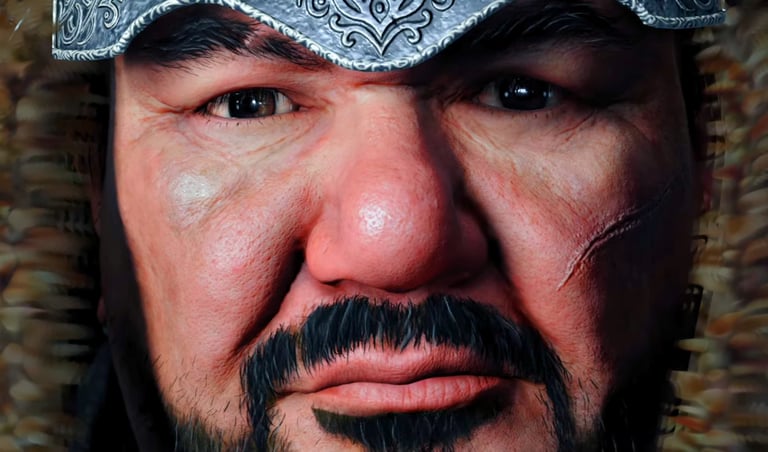

New Tricks, Old Souls
Let’s get one thing straight: Ghost of Tsushima doesn’t reinvent the open-world wheel. It just sharpens it into something beautiful and efficient. Climbing towers to reveal the map? Nope. You follow birds. Finding side quests? Foxes lead you to shrines. Gathering materials? Sure, but you’re not drowning in UI bloat. The game trusts you. It trims fat without losing flavor. It borrows heavily from other games, there’s a dash of Assassin’s Creed, a sprinkle of Breath of the Wild, and a big ladle of Red Dead Redemption 2 in its emotional pacing. But it all gels. There’s not much here that’s never been done before, but few games have done it with this much poise and polish. It’s confident, even if it’s not daring.
Who’s Holding the Katana?
This is a game for those who romanticize honor but still want to throw a smoke bomb and stab five guys in the back alley. It’s for gamers who grew up on samurai films or just want to look badass while writing poetry. It’s also one of the few games that understands how to balance elegance and violence without leaning too hard into either. When the credits roll, what lingers isn’t just the story beats, it’s the moments you carved out yourself. The duels under falling leaves. The last-second parries. The ghost armor glowing in moonlight. You’ll remember how you moved through Tsushima more than what you did. And that’s a rare thing in a medium obsessed with bullet points and feature lists.
Pros and Cons
Pros:
Swordplay is chef’s kiss, tactical, cinematic, empowering
The wind mechanic is quietly genius and makes other games feel old
Looks phenomenal on PS5, art direction and tech in perfect harmony
Showdowns are iconic and never lose their edge
A surprisingly peaceful game to just explore and vibe with
Cons:
Story flirts with depth but rarely seals the deal
Stealth feels shallow compared to melee
Open-world tropes still peek through in side content
Minor characters can feel like emotional filler
Innovation is polished, not pioneering
Final Cut
Ghost of Tsushima doesn’t scream innovation, it whispers craftsmanship. It’s not a game that changes the world, but it sure as hell makes its corner of it unforgettable. There’s a reverence here, a deliberate care in how the game respects the player’s time, imagination, and inner samurai. It might be a bit too safe in parts, a little too clean-cut in others, but it’s one of the most complete, self-aware open-world experiences out there. And sometimes, all you really want is to draw your blade, bow to your enemy, and let the wind decide the rest.